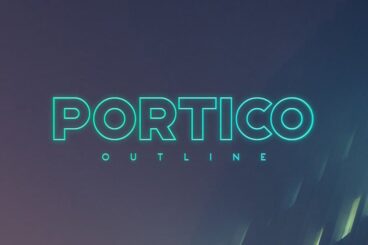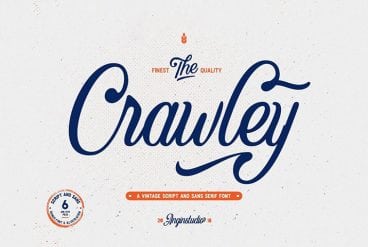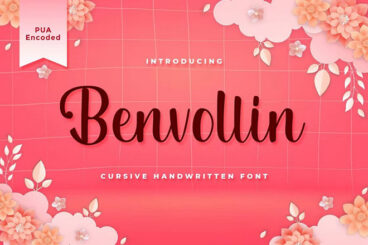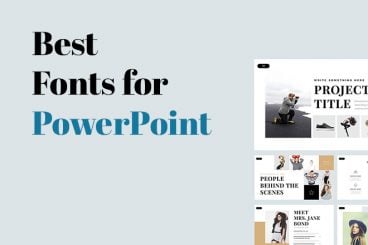
Font Collections / 7 Feb 2023
4 Quick Tips for Using Outline Fonts
If you’re working on a poster, flyer, or greeting card design, an outline font is a great choice for adding titles and headlines that attract attention. In this post, we’re featuring tips for working with outline fonts to make the most of their unique characteristics.
Unlike most other types of fonts, an outline font is easily recognizable. Just as the name suggests, an outline font features a character design that only consists of outlines without a fill. These fonts are widely used to create attractive titles and headlines. They are also used in logo and stationery designs as well.
Follow these tips when using outline fonts in your designs to make them look more professional.









